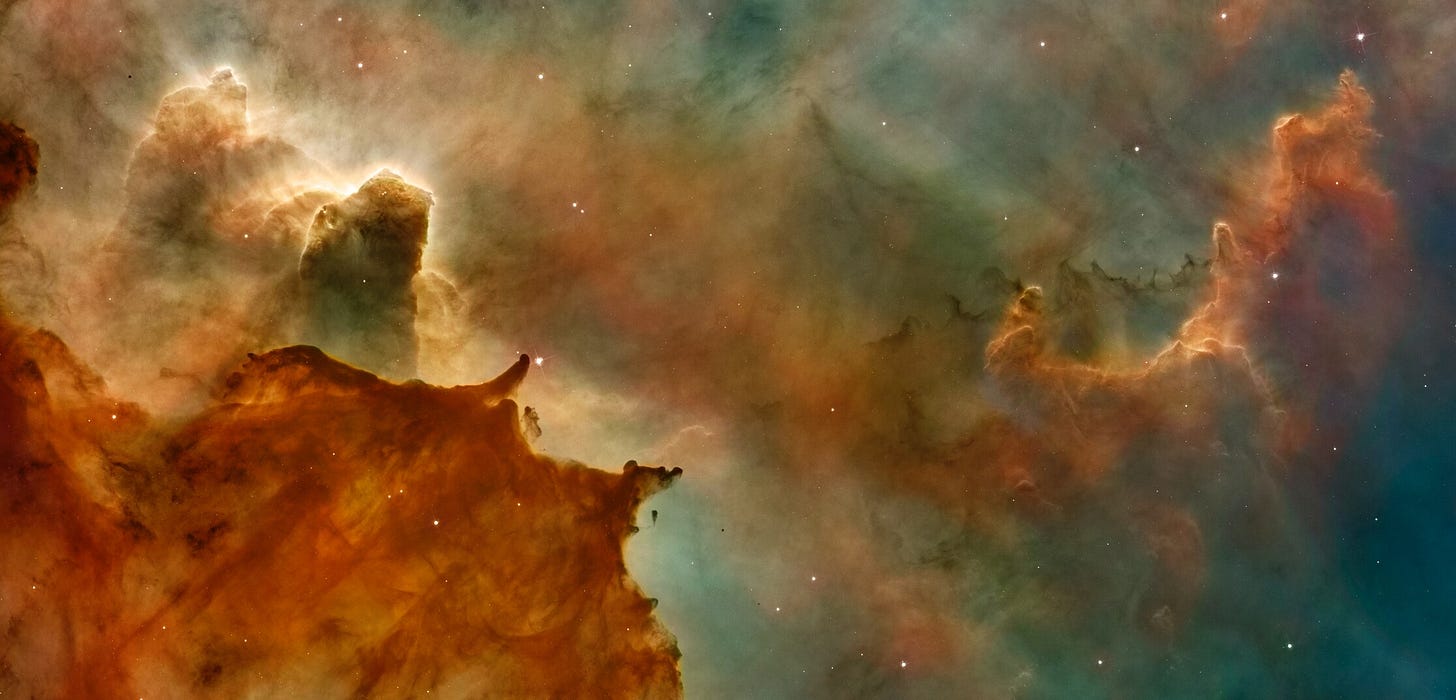If You Are Going to Try, Go All The Way
When I was maybe 5 years old, I was ready to leave behind the training wheels of my bike. I remember I was in La Lucila del Mar (~350km South of Buenos Aires) where me and my family would go for summer holidays. I vividly recall the thrill of thinking about riding the bike like older kids did, but I also do remember the frustration after falling and getting hurt while trying to do it, although I was trying quite carefully. Things were not working great, so my grandpa warned me: “you’re going too slow, you’ll keep on falling unless you gain more speed”. His advice sounded a bit strange to me, like, opposite to what I would’ve thought. As if my careful approach was actually part of the problem. So, given that I hadn’t achieved much with my own ways, I decided to give it a go so I went higher up the hill I was practicing on. I can't say it worked out the first time (and falling at higher speeds was not precisely amusing), but I could see that the higher velocity made things somehow better, so I felt it was worth risking more. It took me a few extra bruises until I figured it out; I still remember the joy when I finally nailed it.
Many things work in a similar way: they need an initial buildup to overcome a stalled or disaggregated state and sustain operation, which also comes with some risks attached. Airplanes would only generate enough lift to sustain flight provided enough thrust can ensure a proper amount of speed. Think about how stars form in the sky. As the Galaxy is filled with clouds of gas (huge aggregations of cold hydrogen), gravity pulls dense regions into collapse, which the cloud resists until it is unable and begins to contract. As it collapses due to its self-gravity, it compresses the gas further, causing it to heat up. Eventually most of the matter accumulates at the center, and the central sphere, now a protostar, continues to contract and heat. As its temperature rises, more and more of its hydrogen ionizes, that is, the atom loses its single electron. Free electrons scatter and absorb photons, so the more electrons that are liberated, the more opaque the protostar becomes. If photons cannot escape from the gas, their energy is trapped within the protostar, causing the temperature to rise even further. If the temperature within the core rises to a sufficient level, it ignites nuclear fusion which provides the pressure required to prevent further collapse. A new star is born.
In a way, the startup journey feels like trying to leave the training wheels of the bike. Intuitively, one wants to play it safe, but at the same time you know the only way to make things ignite is to climb higher up the hill and let your potential energy go kinetic while keeping your eyes wide open on the road ahead. And if you fall (and you will fall), you shake off the (star)dust and try again until you leave the place riding like a boss, and shining like a star.
As Charles Bukowski wrote in "Going All the Way" (from Factotum, 1975):
If you’re going to try, go all the way. Otherwise, don’t even start.

